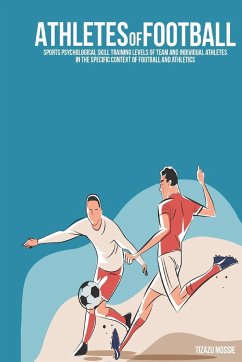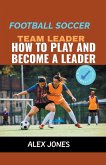The main purpose of this research was provided an imperative framework depicting how sports PST decipher in to improvement within-practice and competitive performance by showing athletes' levels. Secondly; investigated a revolutionary attempt made by the inquiry to attributed psychological skills training levels in age, sex,sport types,playing posititons or enents and score rank group factors in between team and individual athletes to infer the intended study area across Ethiopia. This research design was descriptive and treated both qualitative and quantitative study methodologies. In terms of sample sources distribution the focused areas of the study were from team sports (Football), and individual sports (Athletics events), and were developed by mixed sampling techniques.The Statistical Package for the Social Sciences (SPSS) version 16.0 and descriptive statistics method were developed. The two standardized PST assessment scale questionnaires were Illinois competition anxiety test and sport motivational scale (SMS28). Independent Samples Test, Chi -Square of Cross Tabulation, Anova, and a Pearson Correlation Analysis tools were applied. Based on the tool of chi-square test output in competitive anxieties in general there was no significant relationships between male and female football players. Founded from the independent samples Test output in motivations in broadly there were no significant differences between team and individual athletes. Extrinsically team athletes (M = 3.23) and individual athletes (M = 3.20), t (493) = -.423, p = .672. And amotivation, team athletes (M = 2.68) had low than individual athletes (M = 2.75), t (493) = -.624, p = .533. Generally, the researcher founded that both Ethiopian sport types' athletes were highly competitive anxious (cognitive and somatic state anxiety) and low self confidence. And as measured in different statistical tools broadly the sport motivation PST levels results directed us to conclude both Ethiopian team and individual sports type athletes were under low intrinsic motives and high in both extrinsic motivation and amotivation in 2016/17 competition season








